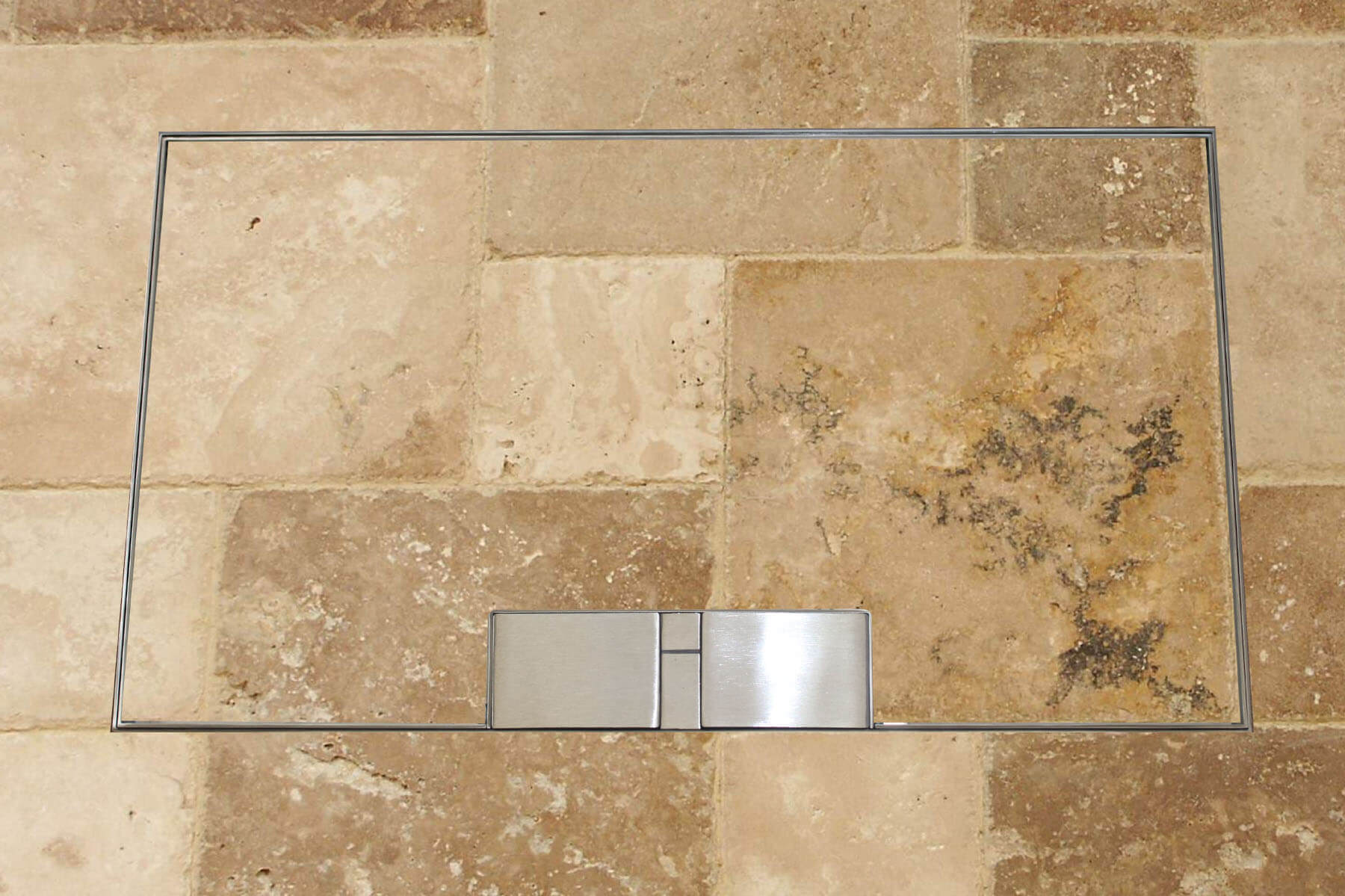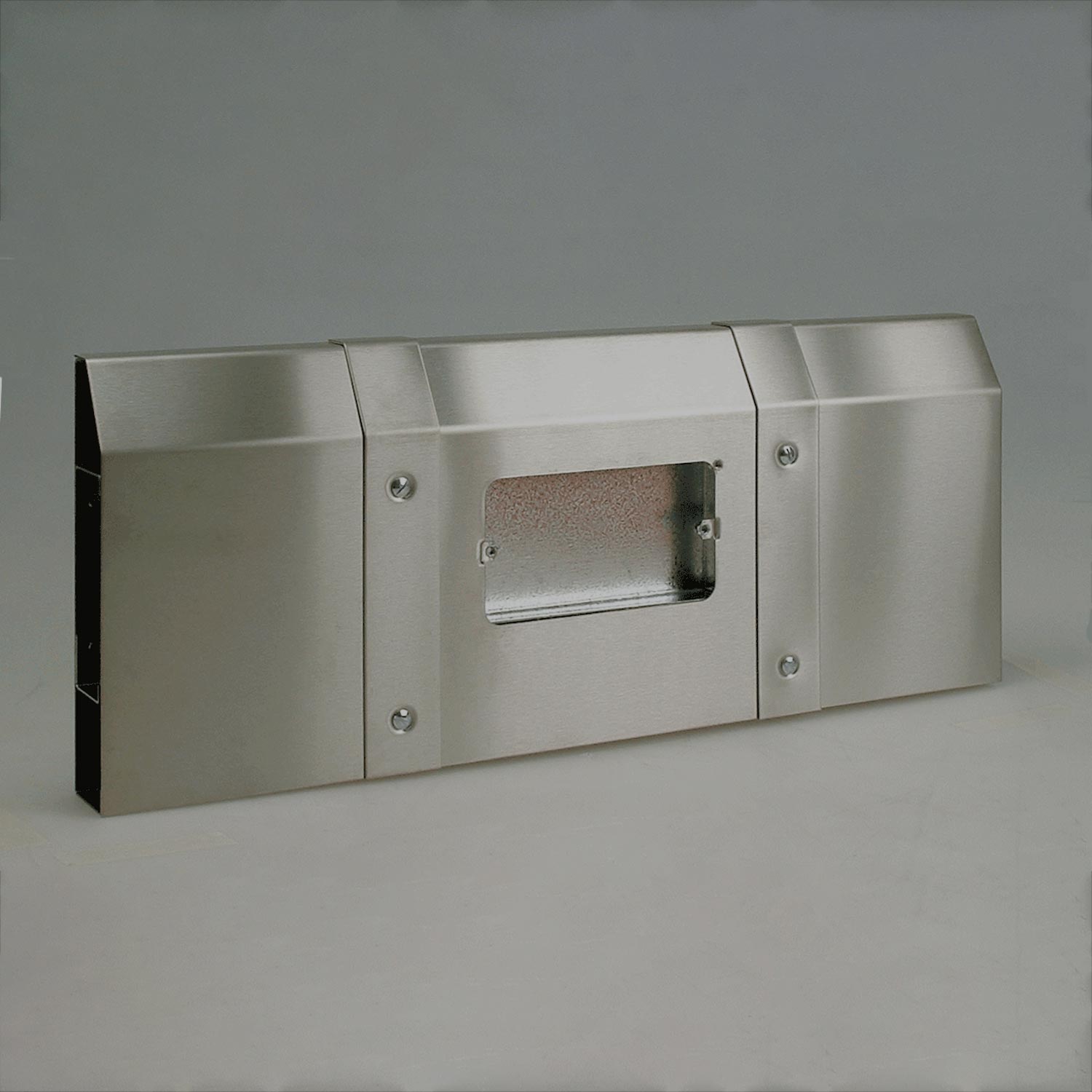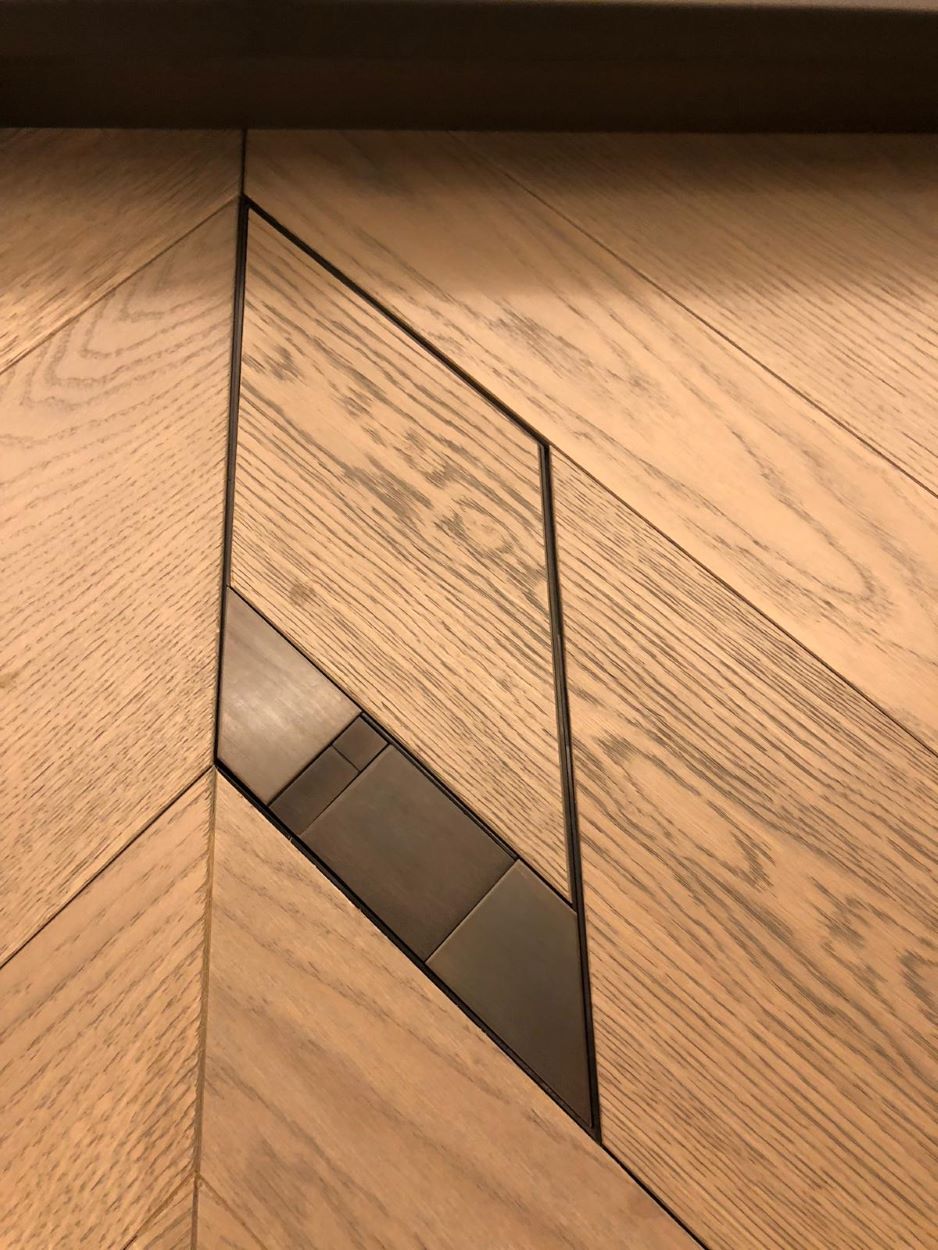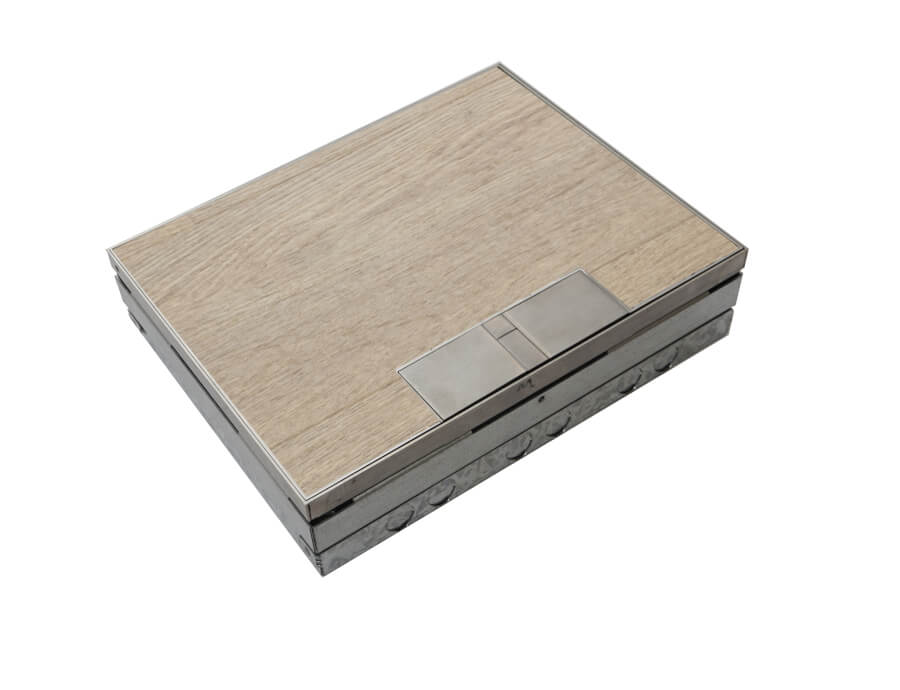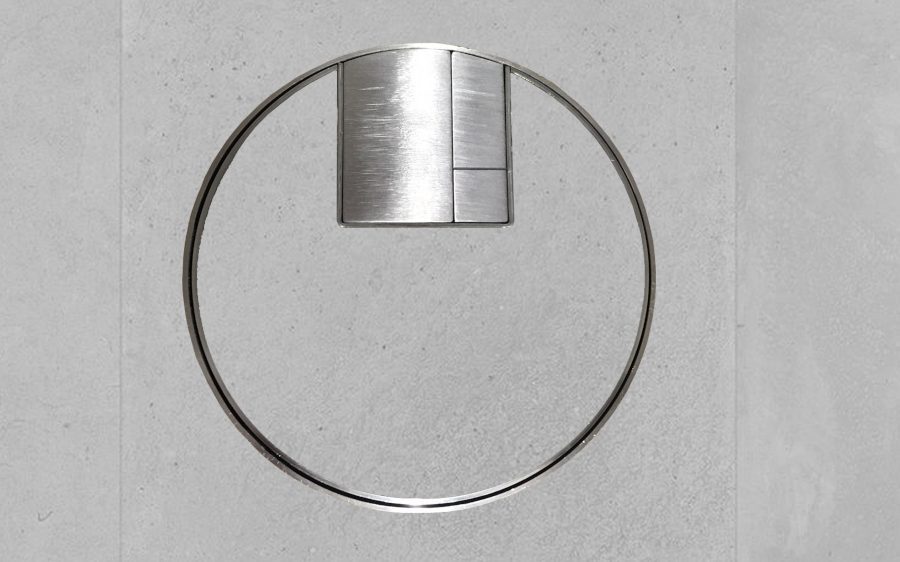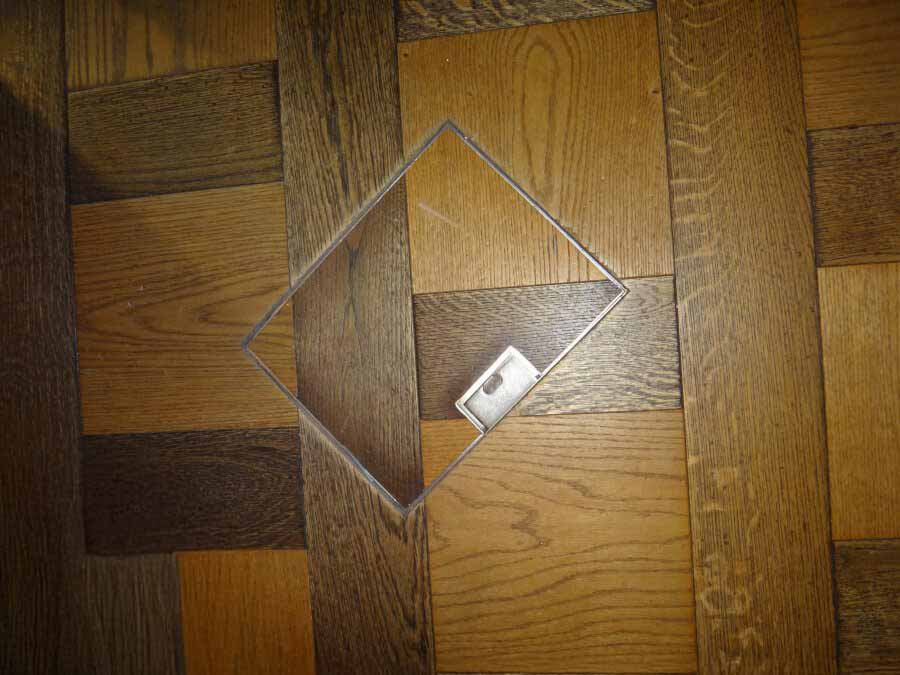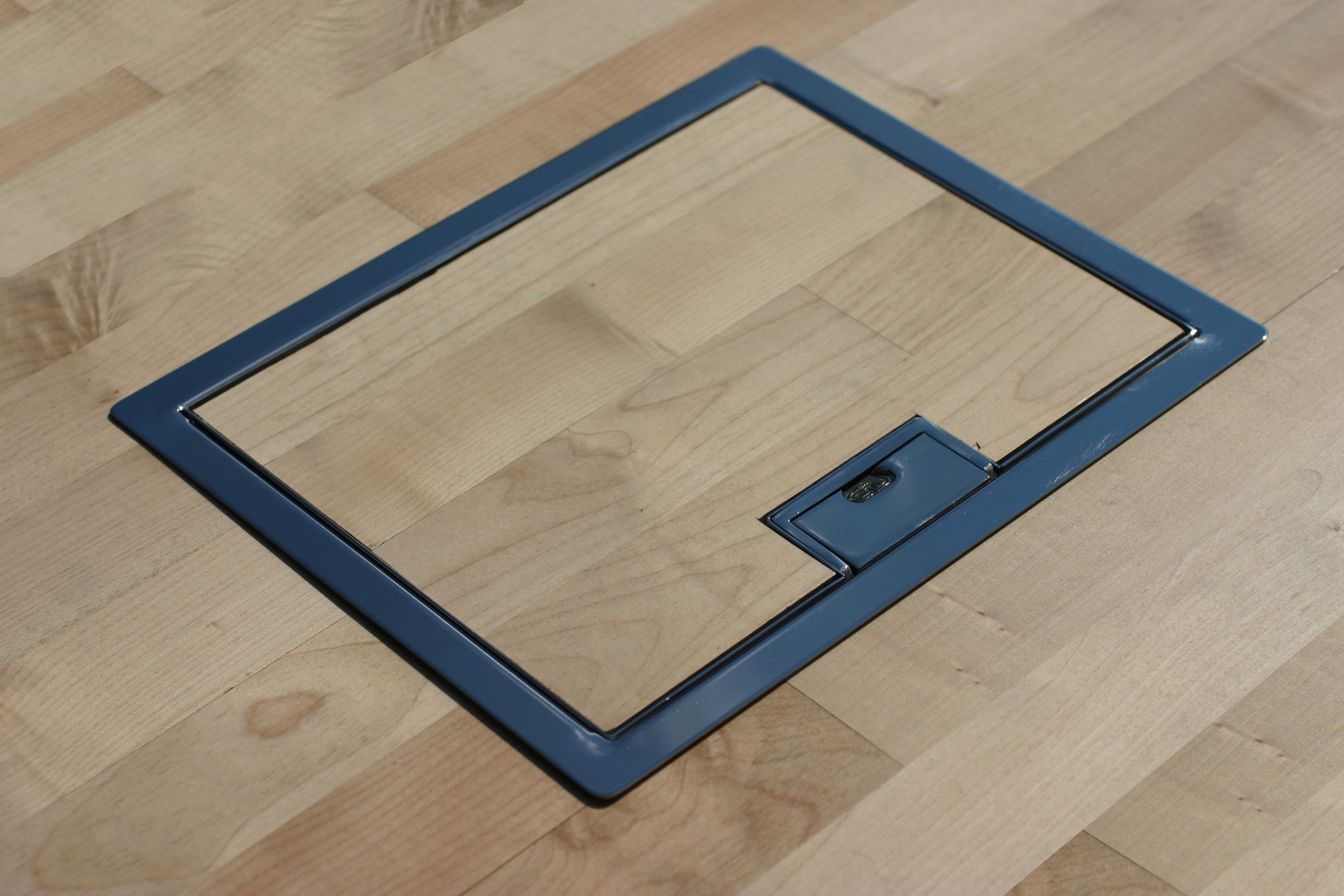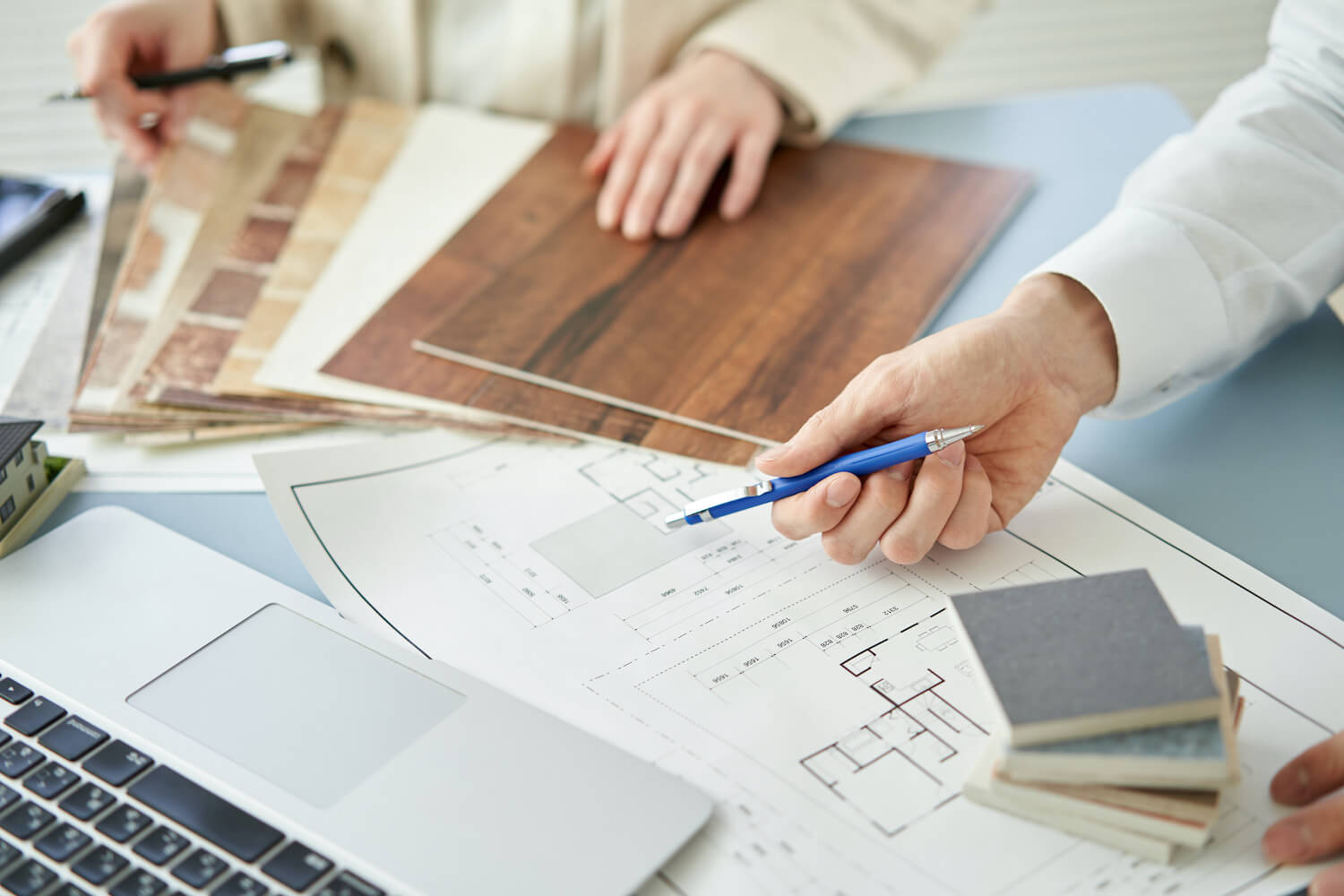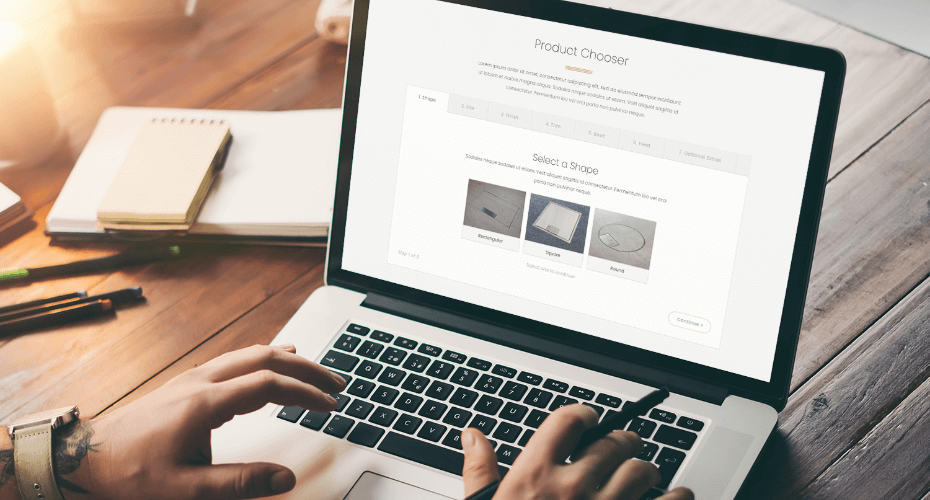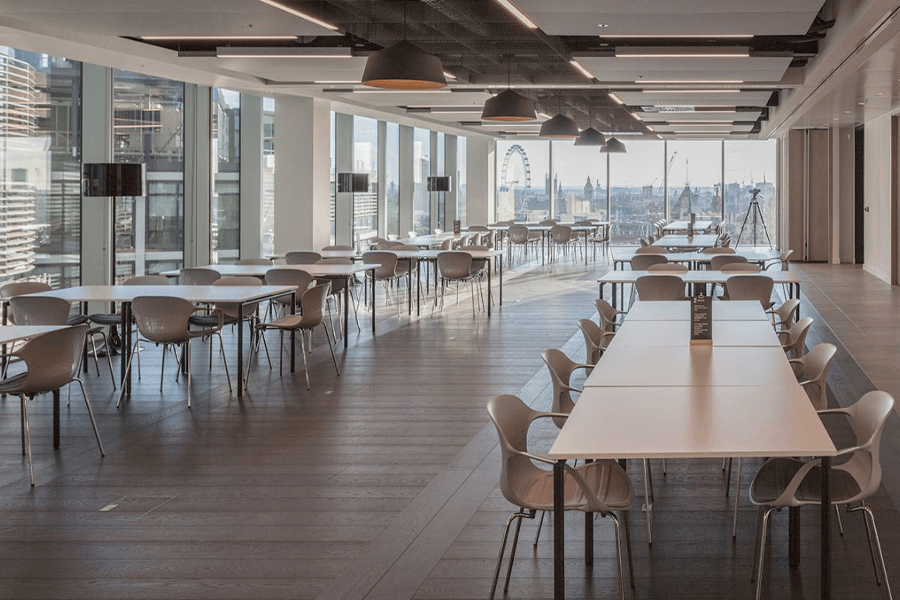
The modern co-working environment has revolutionised how professionals work together, creating dynamic spaces where freelancers, remote workers, and small businesses can thrive side by side. At the heart of these innovative workspaces lies a seemingly modest yet crucial component: co-working floor boxes. These unassuming installations play an integral role in determining how effectively a shared workspace functions, influencing everything from layout flexibility to user experience.
As co-working continues to evolve, the demand for smarter infrastructure solutions grows alongside it. In this article, we’ll explore how properly specified floor boxes contribute to the success of shared workspaces, examining their impact on design, functionality, and the future-readiness of these increasingly popular environments.
Why floor boxes are essential in modern co-working environments
The shift towards flexible working arrangements has created unique challenges for workspace designers. Unlike traditional offices with fixed layouts, co-working spaces must adapt to changing needs, sometimes on a daily basis. Floor boxes address these challenges by providing:
- Accessible power and data connections exactly where needed
- Clean aesthetics without unsightly cable clutter
- Flexibility to reconfigure workstations without major renovation
- Support for varying technical requirements across different users
When workers can easily access power and data connections without cables snaking across walkways, the workspace becomes both safer and more professional. This infrastructure fundamentally shapes how productive and comfortable these shared environments can be.
Floor box integration in open-plan layouts
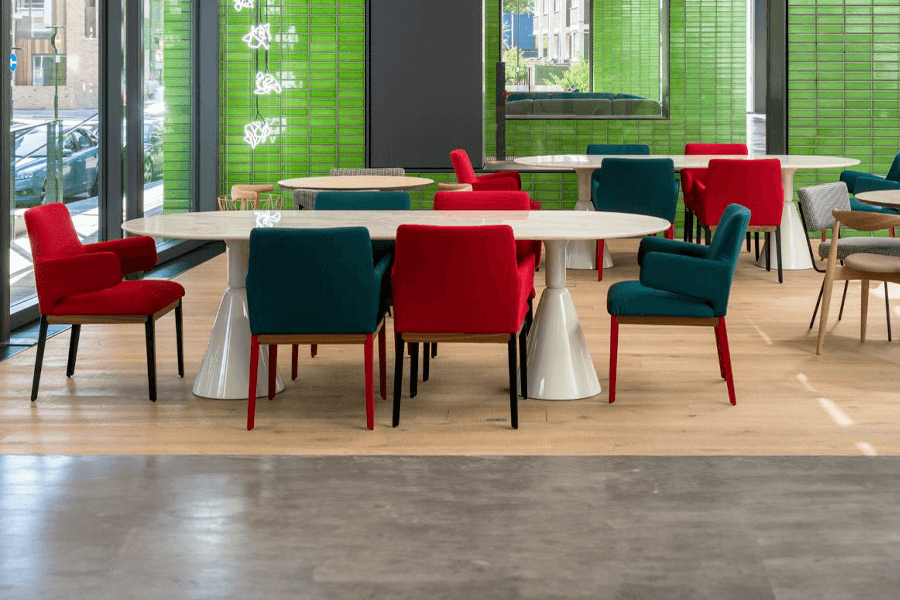
The open-plan design typical of co-working spaces presents specific challenges for service distribution. Without walls to conceal cables and with a premium placed on unobstructed sightlines, traditional cable management solutions often fall short.
Under-floor service distribution via floor boxes offers an elegant solution. By positioning discreet floor outlets strategically throughout the space, designers can ensure power and data connectivity remains accessible without compromising the clean, open aesthetic that makes these spaces appealing.
For example, floor boxes placed at regular intervals allow for flexible desk arrangements while maintaining professional standards. Workers can connect their devices directly to nearby floor outlets, eliminating the need for extension leads trailing across walkways – a common safety hazard in busy shared workspaces.
Selecting the right floor boxes for co-working requirements
Not all floor boxes are created equal, and co-working environments have particular needs that influence which solutions work best. When specifying floor boxes for these dynamic spaces, several factors deserve careful consideration.
Capacity and configuration options
Co-working employees typically require access to both power and data connections. The ideal shared workspace floor outlet will accommodate multiple power sockets alongside data points, supporting the technological needs of today’s professionals.
Floor boxes with modular interiors offer particular advantages, allowing facility managers to adjust the mix of services and outlet plates with different configurations as requirements evolve. This adaptability becomes invaluable as technology changes and member expectations shift over time.
For instance, a floor box that can be reconfigured to include USB charging points helps future-proof the installation, extending its useful life and maximising return on investment.
Durability considerations for high-traffic areas
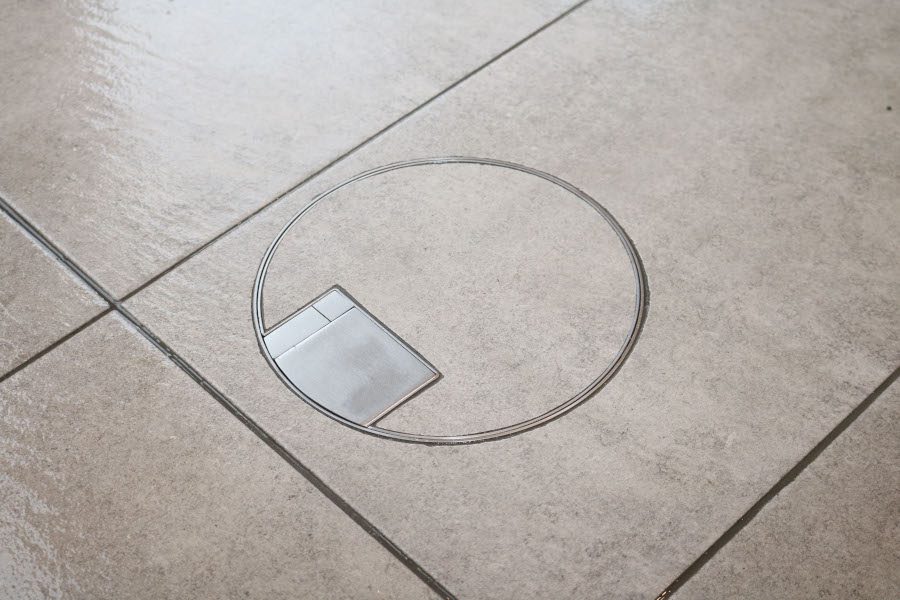
Co-working spaces see significant foot traffic and frequent furniture rearrangement. Floor boxes in these environments must withstand daily wear while maintaining both functionality and appearance.
Metal floor boxes typically offer superior durability compared to plastic alternatives, with high-quality units designed to handle the weight of office furniture and resist damage from vacuum cleaners and other maintenance equipment. Their robust construction ensures they continue functioning reliably despite the demands of a busy shared workspace.
The lid mechanism deserves particular attention, as this component experiences the most frequent interaction. Floor boxes with smooth-operating, reliable lids enhance the user experience while reducing maintenance requirements – an important consideration for space operators looking to minimise operational costs.
Aesthetic integration with interior design
The visual appeal of a co-working space significantly influences worker satisfaction and productivity. Floor boxes should complement the overall design rather than detract from it.
Today’s premium floor boxes offer various finishes to harmonise with the surrounding décor and flooring materials. Options might include brass, stainless steel, or powder-coated finishes that align with the space’s colour scheme.
In particularly design-conscious environments, floor boxes with lid recesses that accommodate the surrounding floor covering—whether carpet, wood, or tile—create a nearly seamless appearance when closed. This attention to detail contributes to the polished, professional atmosphere that successful co-working spaces strive to achieve.
If you’d like to find out more about the Cableduct range of floor boxes, get in touch today. You can call us on 020 8683 1126 or send us a message online and we’ll get back to you as quickly as possible.
